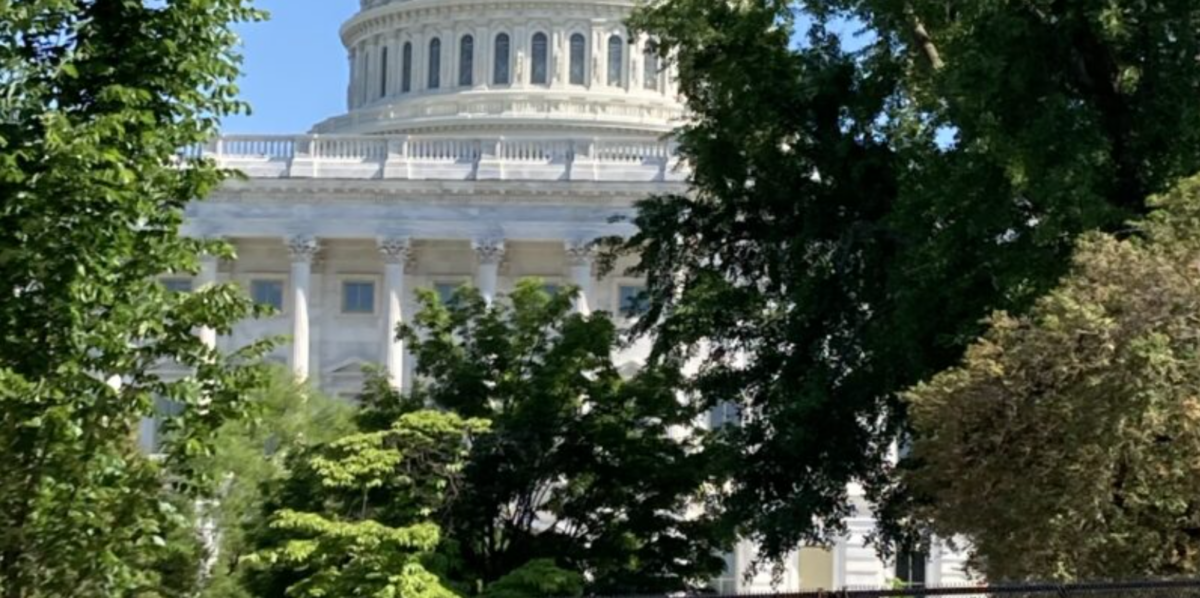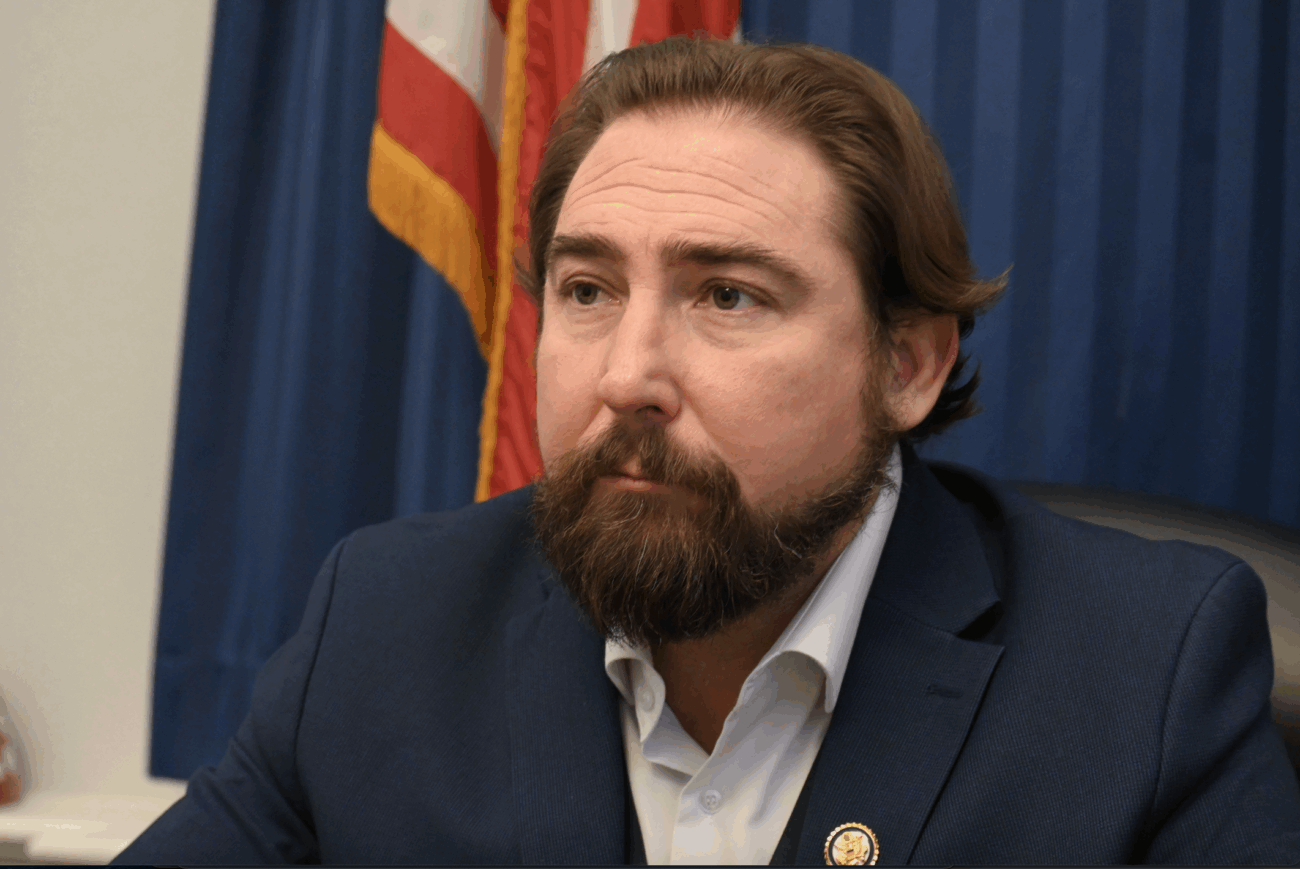Arizona temperatures have already climbed above 110 degrees this summer, leaving workers across the state with minimal legal protections against extreme heat exposure. As meteorologists forecast another week of dangerous conditions with temperatures reaching 115 degrees, the lack of comprehensive heat safety regulations continues to put workers at risk.
The federal Occupational Safety and Health Administration currently has no heat-specific workplace regulations, despite recommendations from health experts dating back to 1972. The Biden administration had begun developing such standards, but President Trump's directive requiring agencies to eliminate 10 existing regulations for each new one has effectively halted progress on new heat protection rules.
The situation has worsened with significant cuts to the National Institute for Occupational Safety and Health, part of the Centers for Disease Control and Prevention. Approximately two-thirds of NIOSH staff were eliminated in recent cost-cutting measures, including the entire team of heat exposure experts.
Arizona has no formal workplace heat standards, and recent legislative efforts have failed to gain traction. Three Democratic proposals addressing worker heat safety died during the most recent legislative session, leaving the state without specific protections as extreme heat events become more frequent.
The absence of regulations affects a substantial portion of Arizona's workforce. According to the Natural Resources Defense Council, more than one million Arizonans work in high-risk industries where heat exposure poses significant health dangers.
Workers in construction, agriculture, and landscaping face obvious risks from direct sun and heat exposure. However, delivery workers and energy sector employees also encounter dangerous conditions. Postal workers, for example, often work in vehicles that can reach internal temperatures of 140 degrees, with some trucks being 30 to 40 years old and lacking adequate cooling systems.
Many indoor work environments lack proper air conditioning or adequate air circulation, creating hazardous conditions that can lead to heat-related illnesses.
Heat-related workplace injuries can have lasting effects on workers' health and ability to continue their employment. Medical experts note that once someone experiences heat illness or heat stroke, their tolerance for future heat exposure is often permanently compromised, potentially affecting their long-term employment prospects in certain industries.
The National Weather Service has issued an extreme heat warning for Tuesday through Thursday, with temperatures expected to exceed 110 degrees throughout most of the week. Wednesday is forecast to be the hottest day at 115 degrees, driven by high pressure building over the state.
Overnight temperatures will provide little relief, starting in the upper 80s early in the week and climbing to the low 90s by Wednesday. The high country, including the Grand Canyon area, will also experience above-average temperatures with an extreme heat warning in effect from Monday through Thursday.
Meteorologists expect the high pressure system to move out by week's end, allowing temperatures to return below 110 degrees on Friday and into the weekend.
The extreme conditions underscore the urgent need for comprehensive heat protection standards as Arizona continues to experience increasingly frequent and severe heat events during summer months.














